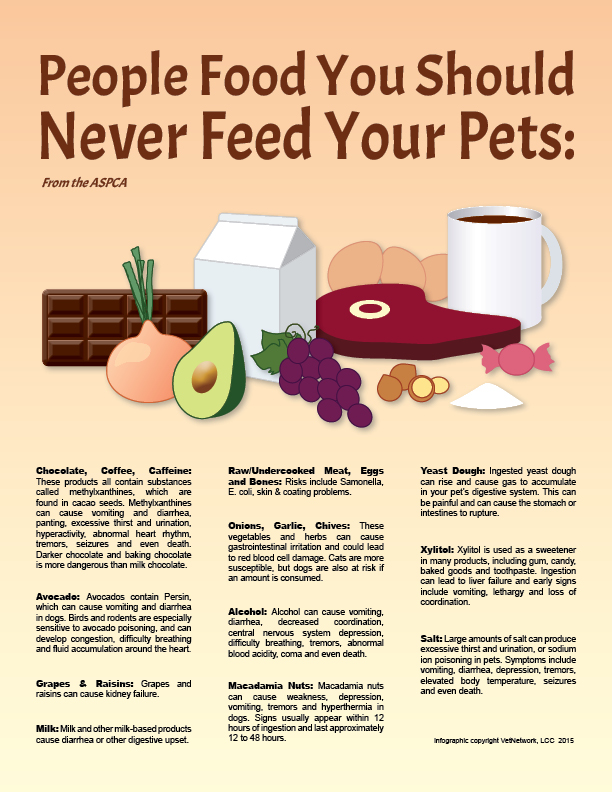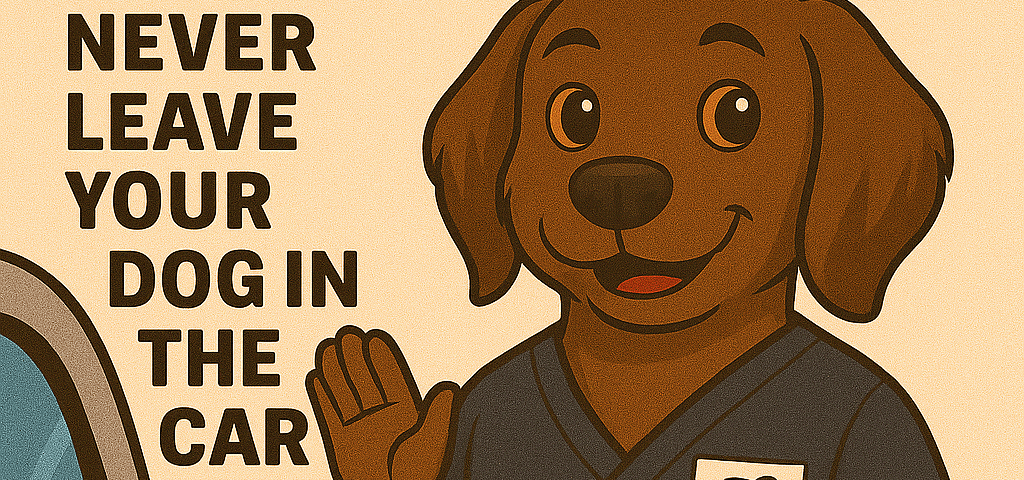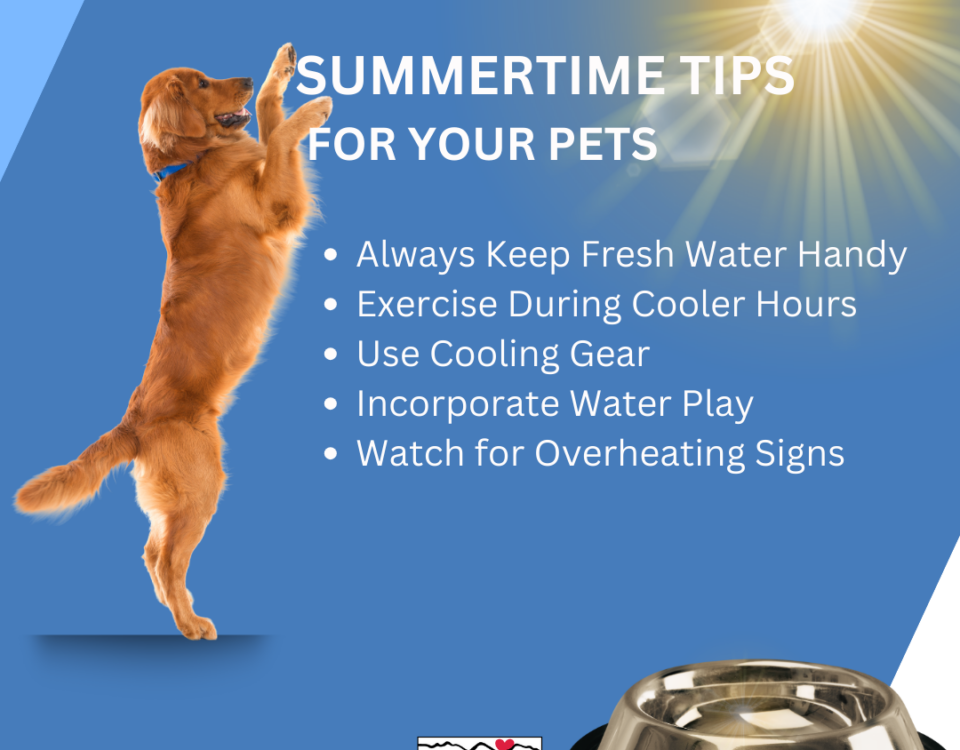
Protecting Pets from Summer Pests: A Local Guide to Fleas, Ticks & Mosquitoes
May 28, 2025
Fall Treats that are good for Dogs
October 15, 2025Summer adventures beckon, and what could be more exciting than exploring new destinations with your beloved canine companion? Whether you’re planning a cross-country road trip, a weekend camping excursion, or a family vacation to the beach, including your dog in your travel plans can create unforgettable memories. However, summer travel with pets requires careful preparation and vigilance to ensure your furry friend stays safe, comfortable, and healthy throughout the journey.
At TLC Pet Hospital, we’ve seen the joy that comes from successful pet travel experiences, but we’ve also witnessed the preventable emergencies that can occur when pet owners aren’t adequately prepared for summer’s unique challenges. This comprehensive guide will equip you with the knowledge and tools necessary to keep your dog safe during your summer adventures.
The Critical Danger: Never Leave Your Dog in a Hot Car
The most crucial rule of summer pet travel cannot be overstated: never, under any circumstances, leave your dog unattended in a parked vehicle. Even on seemingly mild days, the interior temperature of a car can rise to deadly levels within minutes.
Consider these sobering statistics: on a 70-degree day, a car’s interior temperature can reach 89 degrees within just 10 minutes. When the outside temperature climbs to 80 degrees, your vehicle’s interior can soar to 99 degrees in the same timeframe. At 90 degrees outside, the interior temperature can reach a staggering 109 degrees in just 10 minutes. These temperatures are not just uncomfortable—they’re lethal.
Dogs are particularly vulnerable to heat because they can only cool themselves through panting and limited sweating through their paw pads. Unlike humans, they cannot effectively regulate their body temperature in extreme heat, making them susceptible to heat exhaustion and heatstroke in a matter of minutes.
Even with windows cracked open, parking in shade, or running the air conditioning before you leave, these measures provide insufficient protection. The greenhouse effect that occurs in vehicles is simply too powerful to overcome with these precautions. If you cannot take your dog with you to your destination, it’s better to leave them at home or find a pet-friendly alternative.
Hydration and Cooling Strategies for the Road
Maintaining proper hydration and body temperature is essential for your dog’s wellbeing during summer travel. Pack a dedicated travel water supply for your pet—at least one gallon per day for medium to large dogs, and adjust accordingly for smaller breeds. Collapsible silicone bowls are excellent space-saving options that make frequent water breaks convenient.
Offer water to your dog at least every two hours during travel, and more frequently on particularly hot days or if you notice signs of excessive panting. However, avoid giving large amounts of water immediately before travel, as this can lead to car sickness or necessitate frequent stops.
Cooling vests and mats can be invaluable tools for keeping your dog comfortable during summer travel. These products use evaporative cooling or gel inserts to help regulate body temperature. Wet towels placed over your dog during rest stops can also provide temporary relief, though they should be monitored to ensure they don’t become warm and trap heat.
Consider investing in sunshades for your vehicle’s windows to reduce interior heat and protect your dog from direct sunlight. Battery-operated fans designed for pet use can also improve air circulation in the back seat or cargo area where your dog is traveling.
Selecting Pet-Friendly Accommodations and Rest Stops
Planning your route with your dog’s needs in mind is crucial for a successful trip. Research pet-friendly hotels, motels, and vacation rentals well in advance, as these accommodations often have limited availability and may require additional deposits or fees. Many hotel chains now offer dedicated pet-friendly rooms with amenities like food bowls, treats, and designated walking areas.
When booking accommodations, inquire about pet policies, size restrictions, and available amenities. Some establishments provide dog beds, toys, and even pet-sitting services. Understanding these policies beforehand prevents unpleasant surprises upon arrival.
Plan regular rest stops every two to three hours, focusing on locations with shaded areas and access to water. Many highway rest stops now feature designated pet areas with waste disposal stations and water fountains designed for dogs. State parks, pet-friendly restaurants with outdoor seating, and dog parks can provide excellent opportunities for exercise and bathroom breaks.
Research veterinary clinics along your route in case of emergencies. Having this information readily available can save precious time if your dog becomes ill or injured during travel.
Safe Vehicle Restraint Systems
Just as you wouldn’t travel without a seatbelt, your dog needs proper restraint during vehicle travel for both safety and legal compliance in many areas. Unrestrained pets can become projectiles during sudden stops or accidents, potentially injuring themselves, passengers, or the driver.
Crash-tested harnesses that attach to your vehicle’s seatbelt system provide excellent protection for dogs weighing 25 pounds or more. These harnesses should fit snugly but comfortably, allowing your dog to sit or lie down but preventing them from moving around the vehicle freely.
For smaller dogs, hard-sided carriers that can be secured with seatbelts offer the best protection. Soft-sided carriers may be convenient but provide less crash protection. The carrier should be large enough for your dog to stand, turn around, and lie down comfortably.
Avoid using the front seat for your dog, as airbag deployment can cause serious injury. The back seat or cargo area (for SUVs and hatchbacks) are safer options. Never allow your dog to ride in the bed of a pickup truck, as this exposes them to extreme temperatures, debris, and the risk of being thrown from the vehicle.
Recognizing and Responding to Heatstroke
Heatstroke is a medical emergency that can quickly become fatal if not addressed immediately. Every pet owner should be able to recognize the warning signs and know how to respond appropriately.
Early signs of heat exhaustion:
- Excessive panting
- Drooling
- Lethargy
- Reluctance to move
As the condition progresses to heatstroke, you may notice:
- Vomiting
- Diarrhea
- Loss of coordination
- Collapse
- Bright red or purple gums and tongue
If you suspect heatstroke, move your dog to a cool, shaded area immediately. Apply cool (not cold) water to their paw pads, belly, and behind their ears. Offer small amounts of cool water if your dog is conscious and able to drink. Use a fan or air conditioning to improve air circulation.
Contact the nearest emergency veterinary clinic immediately while providing first aid. Even if your dog seems to recover, heatstroke can cause internal damage that may not be immediately apparent, making professional medical evaluation essential.
Never use ice water or extremely cold water, as this can cause blood vessels to constrict and actually trap heat inside the body. The goal is gradual cooling, not shock cooling.
Essential Travel Checklist
Preparation is key to successful summer travel with your dog. Create a comprehensive checklist at least one week before departure to ensure you don’t forget critical items.
Food and water supplies should include enough for the entire trip plus extra in case of delays. Pack your dog’s regular food to avoid digestive upset from sudden dietary changes. Bring familiar treats for positive reinforcement during travel and training opportunities.
Medical supplies should include current vaccination records, any prescription medications, and a basic first aid kit with items like gauze, antiseptic wipes, and a digital thermometer. Include your veterinarian’s contact information and emergency clinic information for your destination.
Safety equipment encompasses leashes, collars with current ID tags, waste bags, and any restraint systems you plan to use. Consider bringing a backup leash and collar in case of loss or damage.
Comfort items like your dog’s favorite blanket, toy, or bed can help reduce travel anxiety and provide familiarity in new environments. These items carry familiar scents that can be particularly comforting during overnight stays.
Preparing for Your Journey
Summer travel with your beloved dog can create wonderful memories and strengthen your bond, but it requires thoughtful preparation and constant vigilance to ensure your pet’s safety and wellbeing. By following these guidelines, you’ll be well-equipped to handle the challenges of summer travel while keeping your furry companion safe, comfortable, and happy.
Remember that every dog is different, and factors like age, breed, size, and health status can affect how well your pet tolerates travel and heat. Senior dogs and those with health conditions may require additional precautions and more frequent veterinary check-ins.
Before embarking on your summer adventure, schedule a wellness check at TLC Pet Hospital. Our experienced veterinarians can assess your dog’s fitness for travel, ensure vaccinations are current, discuss any specific concerns related to your destination, and provide personalized recommendations based on your pet’s unique needs. We can also provide you with copies of medical records and discuss emergency protocols specific to your travel plans.
Don’t let preventable health issues derail your summer vacation plans. Contact TLC Pet Hospital today to schedule your pre-travel wellness examination and ensure your four-legged family member is ready for adventure. Your peace of mind and your dog’s safety are worth the investment in professional preparation.
Safe travels, and remember—the best adventures are the ones where everyone, including your beloved pet, returns home happy and healthy.



